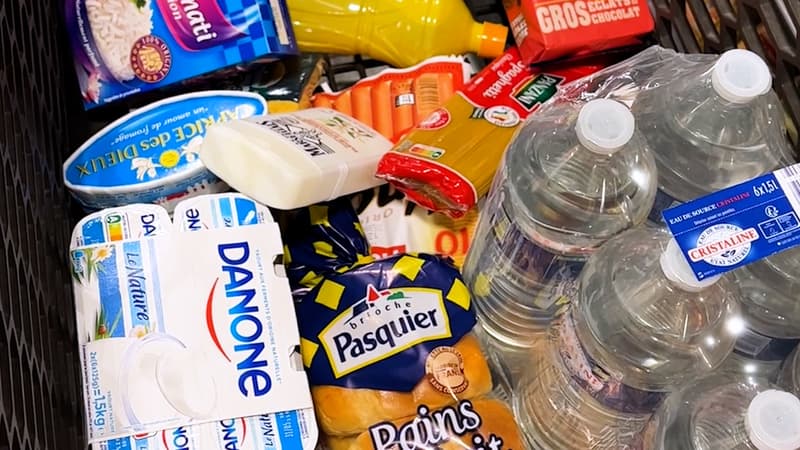The beginning of the inversion of the curve? As some large consumer goods manufacturers prepare to renegotiate prices lower, inflation in supermarkets appears to have peaked.
According to the research company Circana, inflation for all consumer products (food, hygiene, maintenance) remained stable in May for the second consecutive month, it indicates LSAs. It stood at 16% for a year during the month, while Circana had measured it at 16.2% in April.
The monthly increase in prices (compared to April) frankly fell to 0.3% when it was still 1.2% the previous month and even 1.8% in March after trade negotiations. This is the lowest monthly price increase in supermarkets in 15 months (0.2% in February 2022).
While some feared a 10% rise in prices after the end of trade talks in March, inflation over the last 3 months will have been “only” 3.3% in total, i.e. the lower range of forecasts for Circana in early March.
Contrary to the fears of professionals in the sector, there will therefore be neither a “red march” nor even a “red room”. Certainly prices have continued to rise, but at roughly the same rates as last summer and fall. And above all with the ongoing renegotiations, we can even expect a decrease from the month of June.
The Casino effect on prices?
How is this price stabilization explained? A first element is found on the side of the signs themselves. Some have put a lot of effort into their margins to limit price rises. This is the case of Casino, which was increasingly stagnant in terms of its prices and which agreed to significant reductions at the end of the first quarter of this year. Circana’s measured price corridor (the gap between the two most expensive and least expensive brands) has fallen sharply in the past two months after reaching an all-time high in February. Thus, it fell back below 20 points (19.2) compared to more than 30 in February.
Second element: private label (MDD) and premium prices have already started to decline. In a year, private label prices rose 18.4% in May, up from 19.6% in March. In the first prices, the decline is even more evident with a level of inflation that has risen in the last two months from 21.1% to 18.2%.
For some products, private labels were much more responsive to downside. This is confirmed by the manager of a major brand at BFM Business.
We can also see the effect of the anti-inflationary quarter with the frozen prices of many private label references in the main retailers.
But the national brands, if they increased, the increase did not reach the feared peaks of 10% in March. The average increase in a year was 15.1% in May according to Circana when it was 14.7% in March. This is likely a price capping effect on the part of retailers preferring to spread the 10% increase in prices traded in March over several months. Hence his eagerness to renegotiate prices quickly so as not to pass it on in full…
Although this price stabilization is good news, the truth is that inflation remains at a very high level for one year (16%) and even more for two years (20.4%). A shopping cart was paid for 100 euros in May 2021, so it theoretically costs more than 120 euros today. Some product categories remain highly inflationary, such as pasta-based ready meals (+33.9% in one year), mustards (+30.7%), sugar (+28.7%), and potatoes fries (+25.7%).
Source: BFM TV


